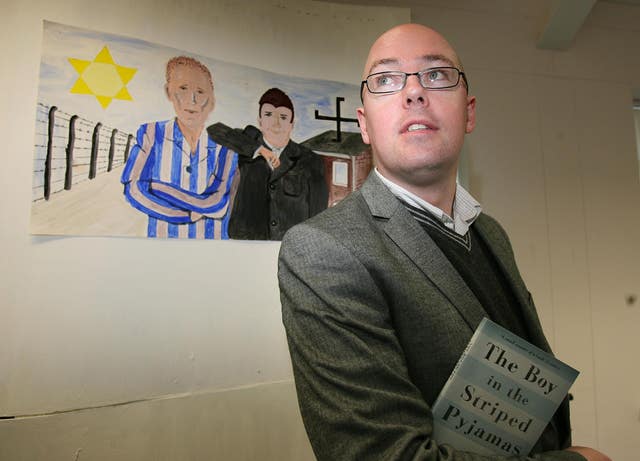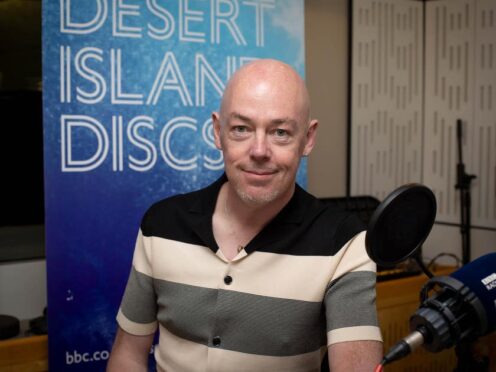The Boy In The Striped Pyjamas author John Boyne has swiped away criticism of his book, saying that learning the facts of the Holocaust should not be done through reading a novel.
The Dublin-born writer, 53, responded to criticism from Jewish groups and historians about his 2006 children’s fiction book, which explores the tragic friendship between the son of an SS officer and a prisoner boy at Auschwitz during the Holocaust.
It was turned into a 2008 film starring Sex Education star Asa Butterfield as eight-year-old Bruno, who does not understand what is happening in the camps and thinks the prisoners are wearing pyjamas.

Boyne told BBC Radio 4’s Desert Island Discs: “I think that the current climate that we’re living in, in publishing, is very nervous of anything that could potentially be controversial.
“My view on that book, and I have listened to a lot of the criticism, I’ve taken it in, some of it I understand, some of it I don’t understand it, but what I feel about it is that it is a novel, it’s subtitled a fable, a work of fiction with a moral at the centre.
“It was never pretending to be anything more than that. If you want the facts of the Holocaust, don’t read a novel, read a non-fiction work.
“And in all the schools I’ve gone to over the years around the world, I’ve always made it clear to children: This is a made-up story, these boys did not exist. I don’t think there’s anything wrong with that.
“The historians would say: ‘Well, you know, this should not be used as a tool in studying the Holocaust.’ Of course, it shouldn’t be. It’s a novel, if you’re studying, use a wide range of things, read non-fiction. Again, I did not write a text book.
“The one thing I would say absolutely in my defence is a whole generation of children has grown up and read that book, and has got some insight into the Holocaust and maybe some of them have gone on and read further about it and got interested in it and that itself, I think it’s something to be proud of.”

He has been outspoken of his own experience at Terenure College and alleged that he was sexually abused by a teacher.
Boyne that it was a “strange moment” that the teacher he accused did not go on trial as he died in October of “natural causes” in his 80s.
He said the “thing that really upset me” was, unlike him being a writer, other people would not be allowed the “catharsis” of telling their stories.
Boyne also called the abuse at Terenure “routine” and claimed there was “definitely a culture of violence in the school”.
However, he says that there used to be a “sort of community spirit” when Ireland was more religious.
He added: “It’s such a tragedy that that has been lost, really, because of all the things I mean, have gone on over the years and because of the revelations that really have come out since about 2000, in Ireland.
“And I remember when I was writing A History Of Loneliness, interviewing the parish priest, and who was kind of telling me that they don’t have altar boys or altar girls, even, any more.
“They just can’t take the risk of that because it’s just not worth the risk and there’s a sadness to that, I think.”
Boyne also said that a “running theme” through his books has been “complicity”, which he has explored in The Boy In The Striped Pyjamas and its follow-up All The Broken Places, The Heart’s Invisible Furies – on someone growing up gay in Ireland – and A History Of Loneliness, about clerical abuse.
He added: “Growing up in Ireland during those years, when we, when people did know a lot about what was going on, and nobody did anything, it baffles me.
“And even though sometimes they say about writers, that it’s not the writer’s job, to find the answers, but to pose the questions better, and I think that’s what I tried to do.”
